Repairing the
ribbon assembly takes skill and probably a few trials. Here is how
to go about it. If you are not handy and wish to order new ribbons,
just go to Howard
Dawson's Page.
Howard
Dawson's Page.
1. Split the
frame into 2 layers. Do this very carefully so you will not break
a section. If this is not possible you have to have duplicates made.
|
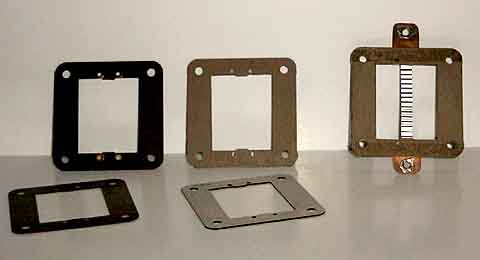
On
the left the old frames. On the right new frames made by Hugh
Salt in 2000 in his now defunct workshop in Amsterdam.
|
2. Take out the
old ribbons. Keep the ends to which you have to solder or glue the
new ribbons. Clean the ends carefully.
3. Make 2 molds
of thin carton, the gray kind you find at the back of a writing pad
can be useful. Cut out with a sharp knife (a Japanese paper  knife)
pieces of carton of about 4 by 4 cm. You glue these together in such
a way that you get a sort of staircase with steps. Make two of these
molds and make them as long as the length of the ribbon you are going
to need which is about 28 steps.
knife)
pieces of carton of about 4 by 4 cm. You glue these together in such
a way that you get a sort of staircase with steps. Make two of these
molds and make them as long as the length of the ribbon you are going
to need which is about 28 steps.
4. Carefully
cut from aluminum foil 2 long strips. The width of the strips has
to be the same as that of the old ribbon. If you do not succeed the
first time, just try again, and again. It is always handy to make
more strips so you can get experience in repairing the tweeters.
5. Carefully
put this long strip on one of the molds (matrixes) and very slowly
put on the other mold beginning at one side. Try again and again until
you have an aluminum accordion with the steps perpendicular to the
long side.
6. Now comes
the difficult part: the metal connecting part (which you have saved
from the old ribbon) has to be glued or soldered to one end of the
ribbon. Put this one end in the frame and see (measure) how long the
ribbon has to be. Without being stretched it has to be a little shorter
than the distance between the top and bottom inside the frames.
7. Glue or solder
the other end of the ribbon to the other connecting part. The soldering
should be very well done without damaging the ribbon. Furthermore
the connection should be conductive otherwise the ribbon does not
work. Remember it is the coil and the diaphragm at the same time.
8. Now you can
put the ribbon in between the frames. You have to glue the frames
together with a glue which permits you to open the frames again later.

You will find
out that it is not easy to do this repair. And you probably have to
try several times. Do not despair. If you yourself are not handy or
technical, you can ask a workshop to do it for you.
Take the thinnest
aluminum foil that you can get. And if it is too difficult to handle,
take a less fragile kind. Depending on the thickness of the aluminum
the impedance can differ. I remember that there is a difference between
the 16 Ohm and 8 Ohm ribbons. But I would not be troubled about this
information. The impedance on both sides of the transformer is more
important. Since my ribbons did not have enough efficiency a friend
of mine made new contacts in the transformer so that the impedance
on the side to be connected to the amplifier is now 4 Ohms and the
efficiency is now 91 dB instead of 87/88 dB. If you do not succeed
you always can search with Google and try to find a manufacturer in
England who sells ready replacements. Good luck.


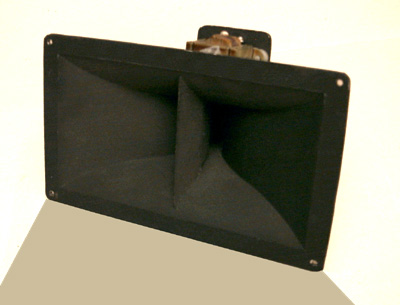
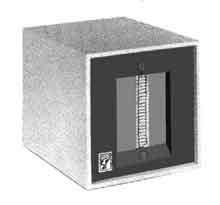



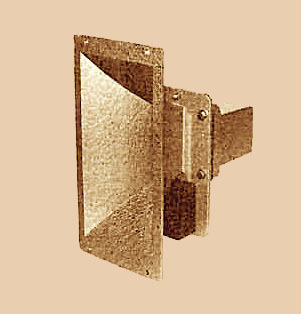

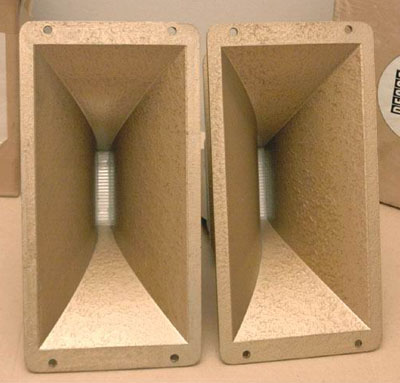





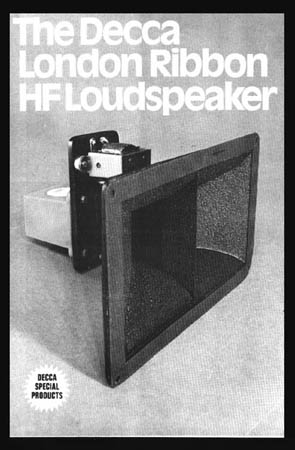



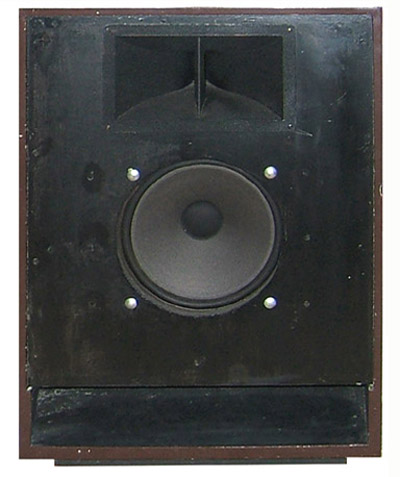
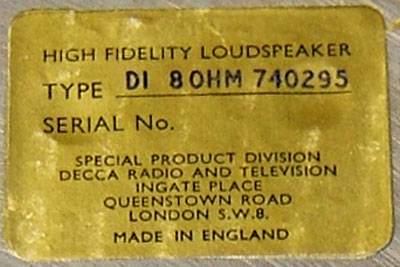


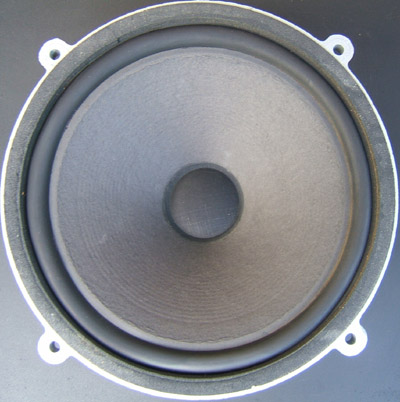


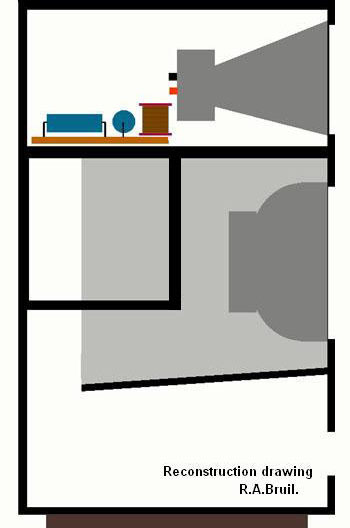







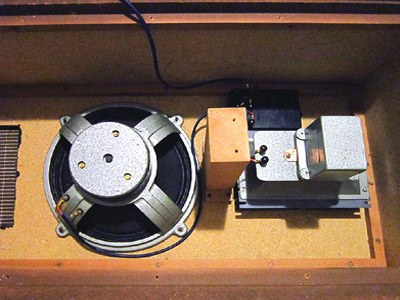










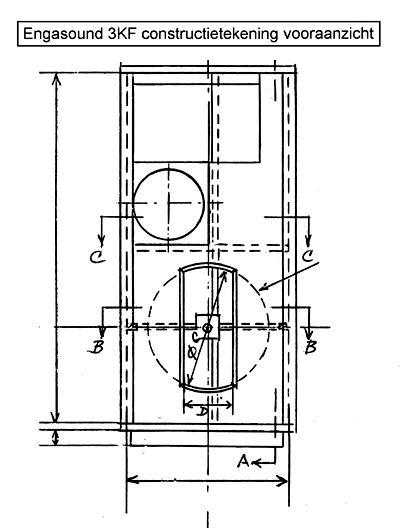







 knife)
pieces of carton of about 4 by 4 cm. You glue these together in such
a way that you get a sort of staircase with steps. Make two of these
molds and make them as long as the length of the ribbon you are going
to need which is about 28 steps.
knife)
pieces of carton of about 4 by 4 cm. You glue these together in such
a way that you get a sort of staircase with steps. Make two of these
molds and make them as long as the length of the ribbon you are going
to need which is about 28 steps. 